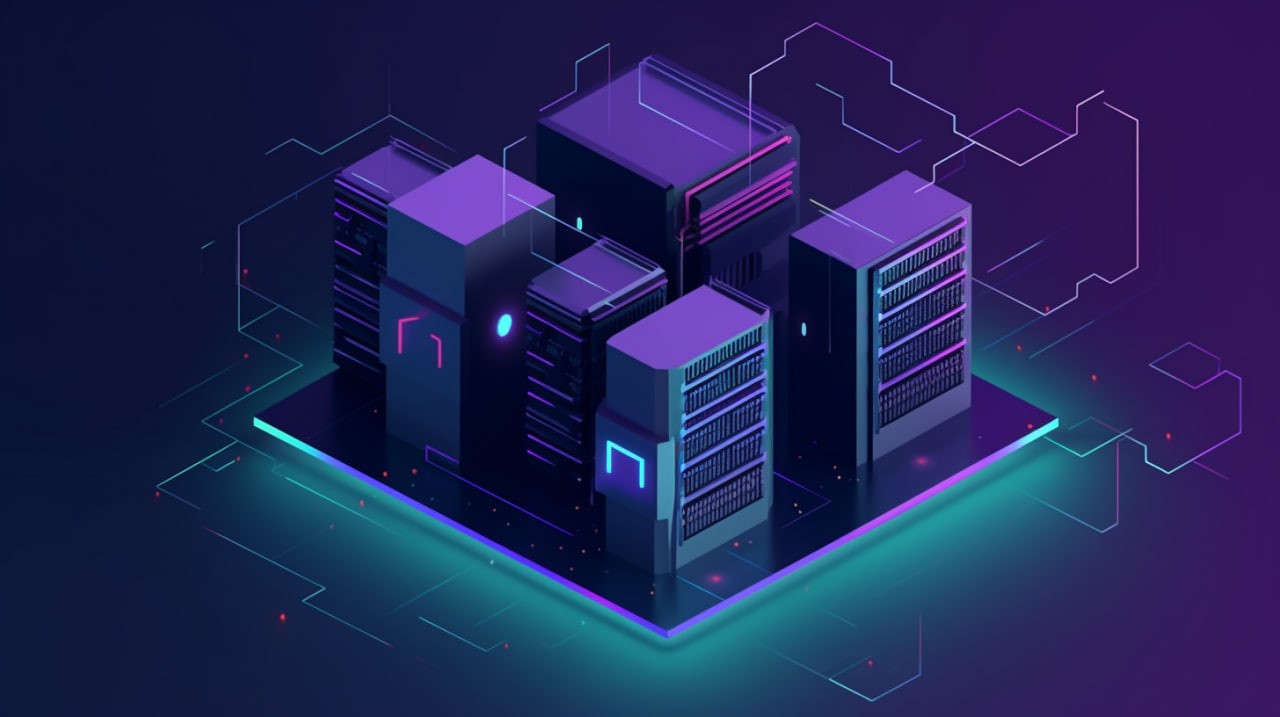Hashvalue Optimizes Core Mining Pool Architecture to Enhance Speed and Stability

Hashvalue has officially completed an upgrade to its core mining pool architecture, delivering measurable improvements in connection speed, reduced latency, and a smoother cloud mining experience. This enhancement marks a strategic investment in reinforcing the performance backbone of its decentralized platform and meeting the evolving expectations of miners worldwide.
The optimized infrastructure re-engineers communication between miners and the main pool nodes, ensuring data packets are exchanged faster and with greater precision. As a result, users can expect higher stability, fewer rejected shares, and improved responsiveness—especially during periods of high network activity.
Core Pool Optimization: Faster Connections, Better Outcomes
The core enhancement focuses on network stack tuning, dynamic traffic routing, and node relay refinement. The newly deployed architecture minimizes propagation time between local devices and mining gateways, effectively reducing round-trip delays and enabling near real-time work validation.
With latency lowered across major geographic regions, miners now experience faster acknowledgments and reduced difficulty in task submissions, leading to a more efficient hashrate contribution cycle.
Improved Mining Efficiency with Lower System Overhead
By streamlining communication flow between clients and servers, the system minimizes energy waste and idle processing. Load balancing mechanisms were also upgraded to dynamically allocate hashing workloads across healthy nodes based on their performance thresholds.
This brings tangible benefits to users in the form of increased accepted shares and a higher average effective hashrate, contributing to greater mining profitability without hardware modification.
Resilience Under Pressure: Engineered for Peak Loads
The upgraded architecture strengthens Hashvalue’s platform resilience under high-load conditions. During peak transaction activity or increased onboarding traffic, the mining pool now adjusts throughput and network resource distribution in real time, preserving operation continuity.
The result is a consistent mining experience without interruption—critical for users who depend on stable returns and precise monitoring.
User-Centric Improvements Built Into the System
The newly designed pool system introduces user-facing transparency features. Real-time latency visualization and hashrate allocation heatmaps are now accessible through the dashboard, helping users better understand performance distribution and connection quality.
Mining clients are automatically routed to the best-performing relay, enhancing consistency and mitigating packet loss that previously affected users in latency-prone zones.
Compliance-Aligned, Globally Deployable
The core pool upgrade supports flexible deployment across regional infrastructure layers and adheres to local data routing and security guidelines. It aligns with Hashvalue’s ongoing effort to maintain a scalable, compliant cloud mining ecosystem that grows alongside a distributed user base.
The architecture is also compatible with future integrations such as AI-driven congestion prediction and automated bandwidth allocation.
Looking Ahead: A Stronger Foundation for Smart Mining
With the upgraded core mining pool now operational, Hashvalue sets the stage for further innovation in smart mining automation. Upcoming features—including dynamic reward targeting and AI-optimized algorithm selection—will build upon the current foundation, unlocking new efficiencies in cloud-based decentralized mining.
The platform remains committed to continuous improvement, ensuring its infrastructure evolves in step with market trends and user demands.
For more information, visit www.hashvalue.com.
More Related News

HashValue Report: Decentralized AI Tokens Gain Mining and Investor Focus

HashValue Unveils Crypto Mining Risk Alert System, Flags 3 Volatile Tokens

HashValue Builds a Bridge: Perfectly Integrating Cryptocurrency Purchase and Sustainable Cloud Mining


 English
English
 Deutch
Deutch
 Espanol
Espanol
 Francais
Francais
 Italiano
Italiano
 Dutch
Dutch
 Portugues
Portugues
 Русский
Русский
 Svenska
Svenska
 日本
日本
 한국인
한국인
 Türk
Türk